The village of Urrao stands on the high coffee slopes of western Antioquia, a lonesome area that other Colombians call "out there." Some 200 kilometers southeast of the Panama border, the countryside, with its soft blue skies and tropics-lush air, has an atmosphere that is rather more Central America than South America. The local accent is barbed with a paiso twang, a coffee-farmer lilt, and the men, many of them, wear narrow mountain trousers, sombrero vueltiao, and razor-sharp machetes with intricate scabbard designs. The land is rolling, and the views are awesomely extensive; a horse, a couple of cattle, a white cluster of parabolic drying patios rising as gracefully as Greek temples are visible shortly before a traveler reaches them.
Aidé Garro
Aidé Garro is one of our oldest producer relationships in the municipality of Urrao, and whose coffee was our first offering of chiroso back in 2018. We first met Aidé, and her husband Pedro, in our sourcing work for our El Ramo project. That coffee, meant to celebrate the tremendous beauty and diversity of the region’s coffee, began in neighboring Caicedo and Urrao was a clear target for further beatiful coffee. Aidé and Pedro's coffee floored us: incredible florality, not unlike a gesha, but with a much heavier body and acute fruit flavors. In the first moments of our first visit, we immediately understood why. Chiroso, like any coffee, is not guaranteed to be perfect. Its successes and failures depend on the conditions in which it is cultivated and processed. Their work is impeccable. Well thought-out plots full of healthy, well-kept coffee trees. The most pristine and well-tended beneficio (or wet mill). Most importantly, impassioned people who care deeply about the work they produce.
Alexander Zapata
Finca La Mata de Guadua is in the vereda of Aguacates, outside the town proper. It is a fitting name, as Urrao is the "Salad Bowl of Colombia", and of late the local price of avocados has incentivized many farmers in the area to tear out their coffee trees in favor of this new lucrative crop. Alexander Zapata is a young man, and this raw potential of decades of work ahead is magnified by his unwavering commitment to coffee. The property at its lowest point, where it adjoins the road, sees diversification: passionfruit, pineapple, some cattle, and yes, avocado. But across the Río Penderisco via a small wood and earth footbridge, the property quickly rises and here coffee remains entrenched. With 6,000 trees on just under two hectares, Don Alexander is a producer of an especially small-scale sort which is common to the area. What is lacking in quantity from farms here is more than made up for in quality, his chiroso is grown and prepared in the old manner with careful, attentive ripe pickings, long, controlled fermentation times, and finally dried slowly on infrastructure well-suited for quality.
Andres Restrepo
Andres Restrepo has long been the coöperative buyer for the Urrao office of COOCAFISA, the association from which many of our purchases in this area originally passed through. His vetting work in this capacity, grading and cupping the thousands of samples he receives each harvest, has been the first step in our discovery of every one of our Urrao producer partnerships. He was among, along with Pedro and Léo of our exporting partners Pergamino, the first to recognize the unique taxonomy and flavor profile of chiroso. Having grown his experience, gained some financial independence, and started a family, Andres decided that the time was finally right to fulfill his lifelong dream of owning a farm. He has named it Asmodel (" Az-mo-del ") after the saint of patience. His time at the coöp exposed him first hand to the successes and failures, strengths and weaknesses, of his neighbors' farms. He chose to plant chiroso, drawing on this knowledge to apply the perfect processing to complete the stunning flavor profile. He cultivates 4,000 trees over 1.5 hectares, depulping then fermenting ripe cherries for 48 hours before washing, then drying on raised parabolic beds.
Finca La Mata de Guadua is in the vereda of Aguacates, outside the town proper. It is a fitting name, as Urrao is the "Salad Bowl of Colombia", and of late the local price of avocados has incentivized many farmers in the area to tear out their coffee trees in favor of this new lucrative crop. Alexander Zapata is a young man, and this raw potential of decades of work ahead is magnified by his unwavering commitment to coffee. The property at its lowest point, where it adjoins the road, sees diversification: passionfruit, pineapple, some cattle, and yes, avocado. But across the Río Penderisco via a small wood and earth footbridge, the property quickly rises and here coffee remains entrenched. With 6,000 trees on just under two hectares, Don Alexander is a producer of an especially small-scale sort which is common to the area. What is lacking in quantity from farms here is more than made up for in quality, his chiroso is grown and prepared in the old manner with careful, attentive ripe pickings, long, controlled fermentation times, and finally dried slowly on infrastructure well-suited for quality.
Andres Restrepo
Andres Restrepo has long been the coöperative buyer for the Urrao office of COOCAFISA, the association from which many of our purchases in this area originally passed through. His vetting work in this capacity, grading and cupping the thousands of samples he receives each harvest, has been the first step in our discovery of every one of our Urrao producer partnerships. He was among, along with Pedro and Léo of our exporting partners Pergamino, the first to recognize the unique taxonomy and flavor profile of chiroso. Having grown his experience, gained some financial independence, and started a family, Andres decided that the time was finally right to fulfill his lifelong dream of owning a farm. He has named it Asmodel (" Az-mo-del ") after the saint of patience. His time at the coöp exposed him first hand to the successes and failures, strengths and weaknesses, of his neighbors' farms. He chose to plant chiroso, drawing on this knowledge to apply the perfect processing to complete the stunning flavor profile. He cultivates 4,000 trees over 1.5 hectares, depulping then fermenting ripe cherries for 48 hours before washing, then drying on raised parabolic beds.
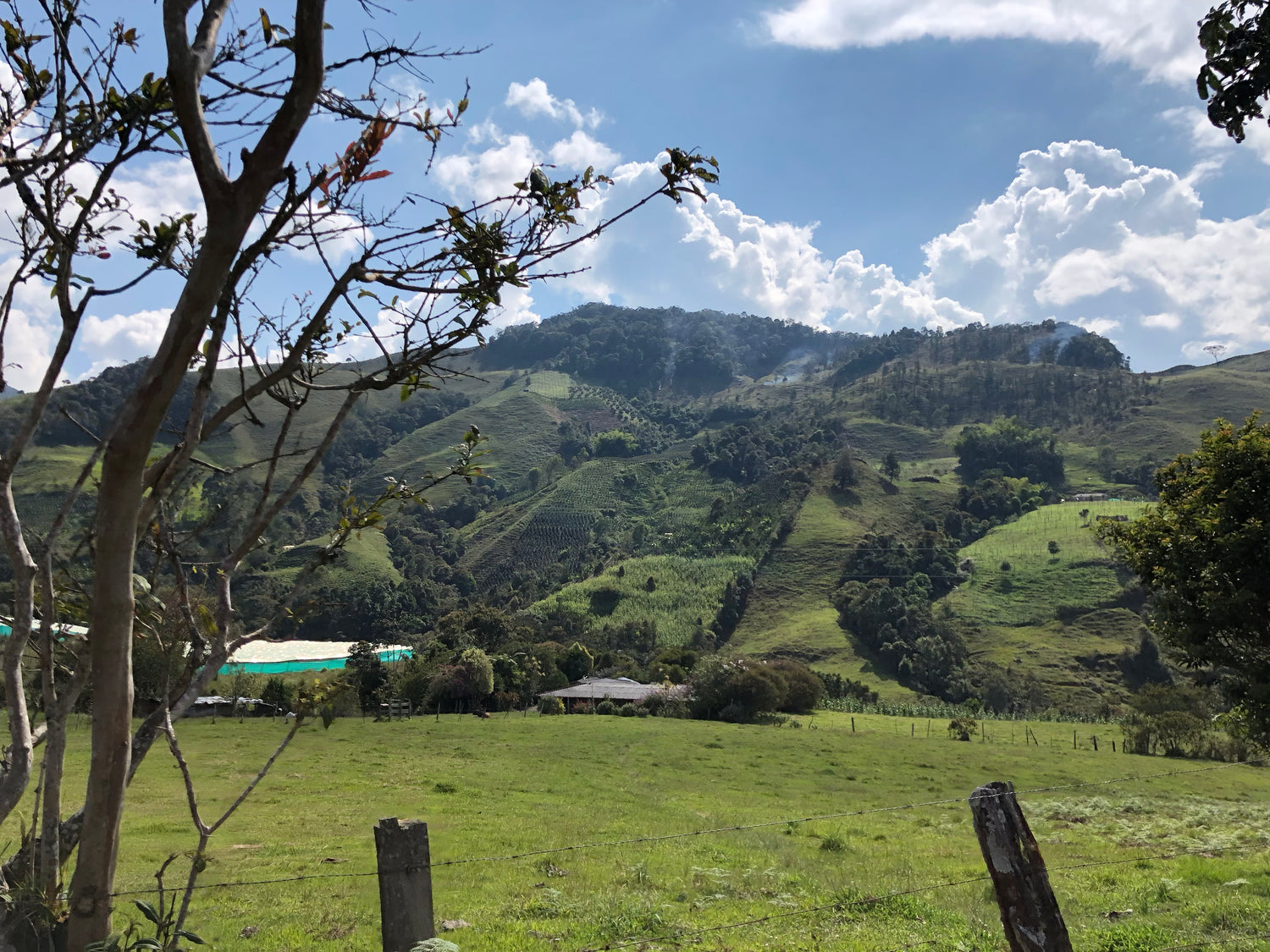
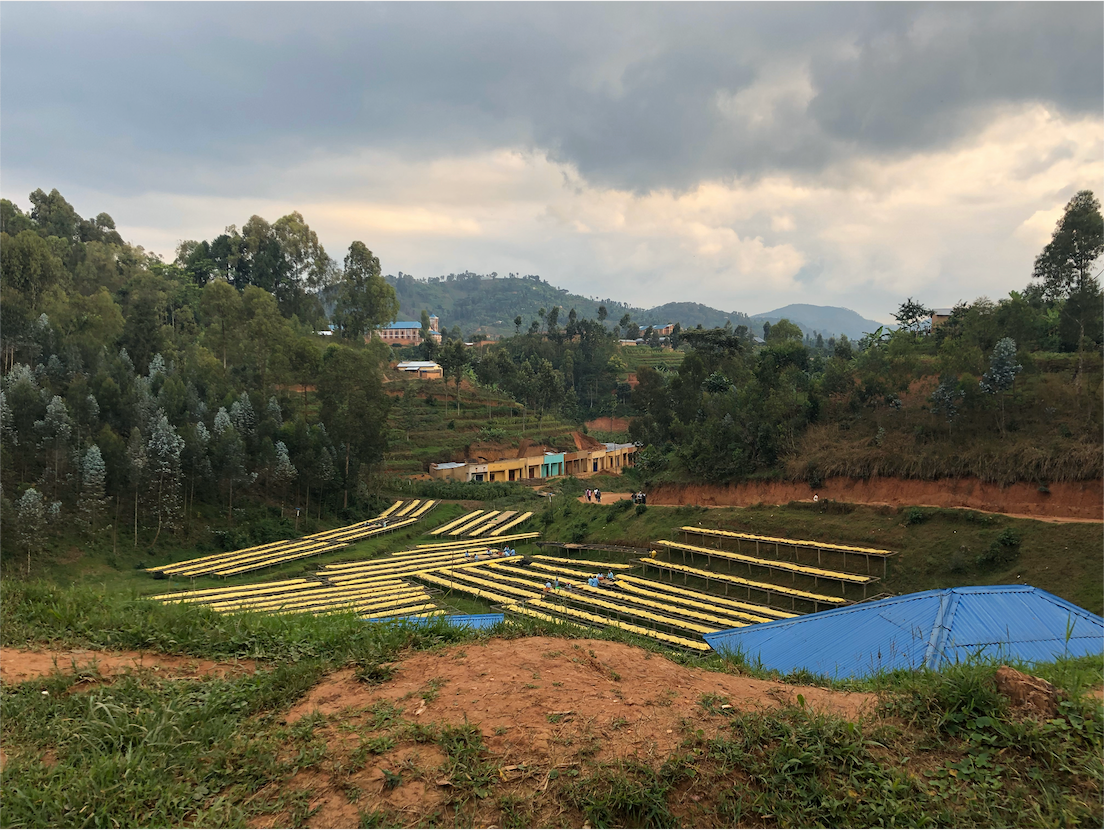
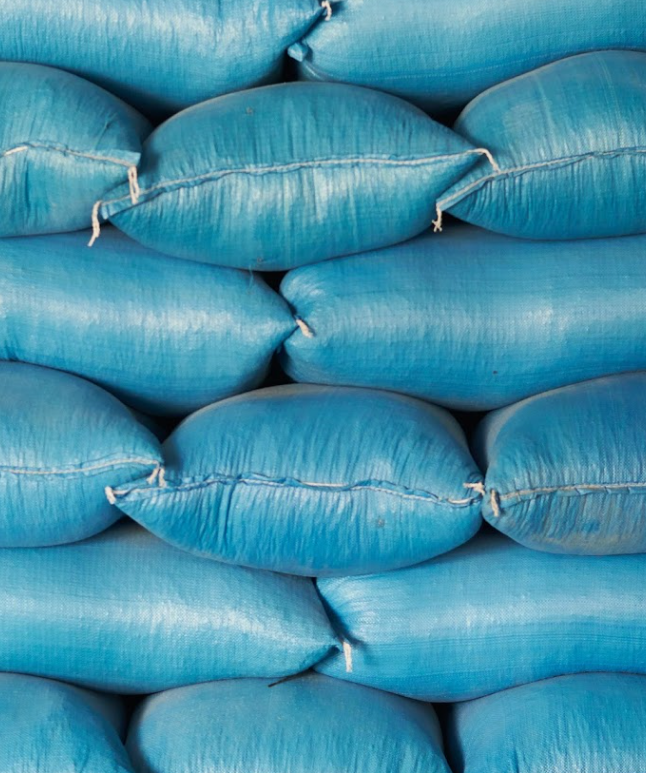

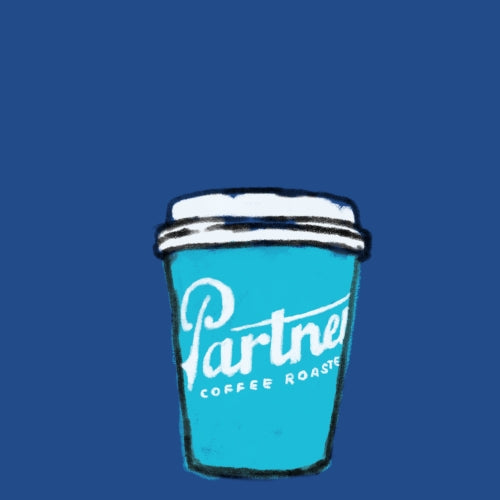
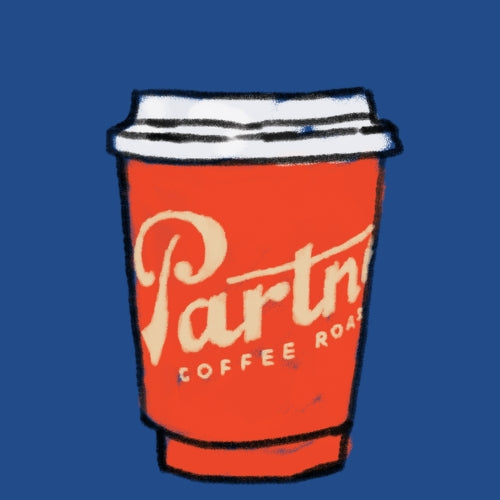
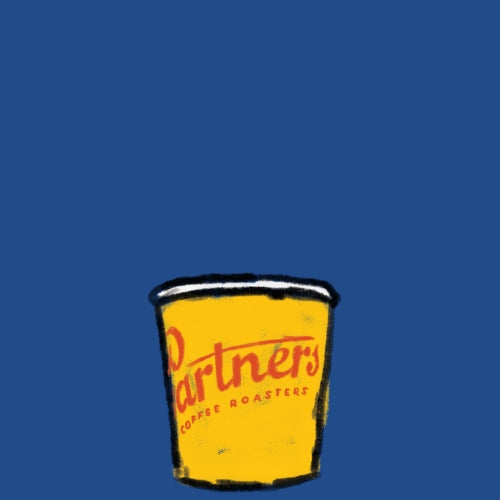
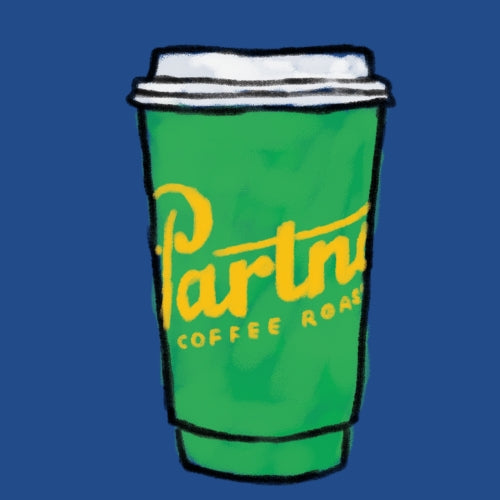
Leave a comment
This site is protected by hCaptcha and the hCaptcha Privacy Policy and Terms of Service apply.